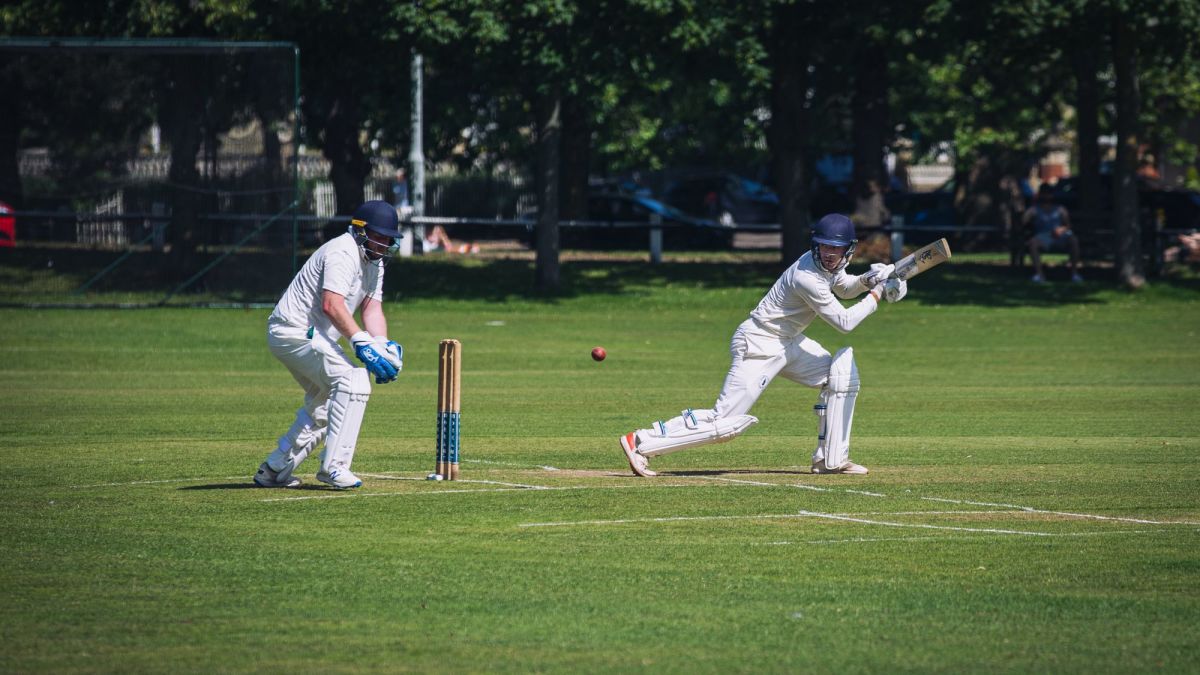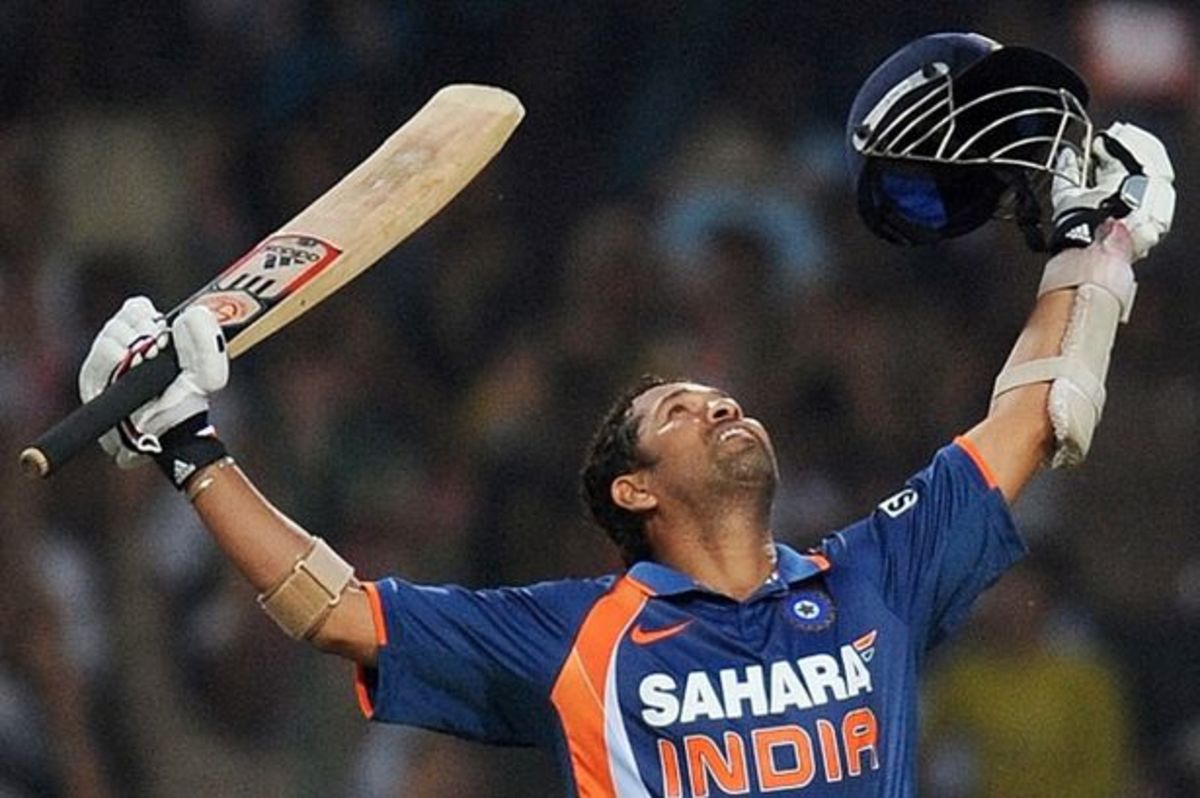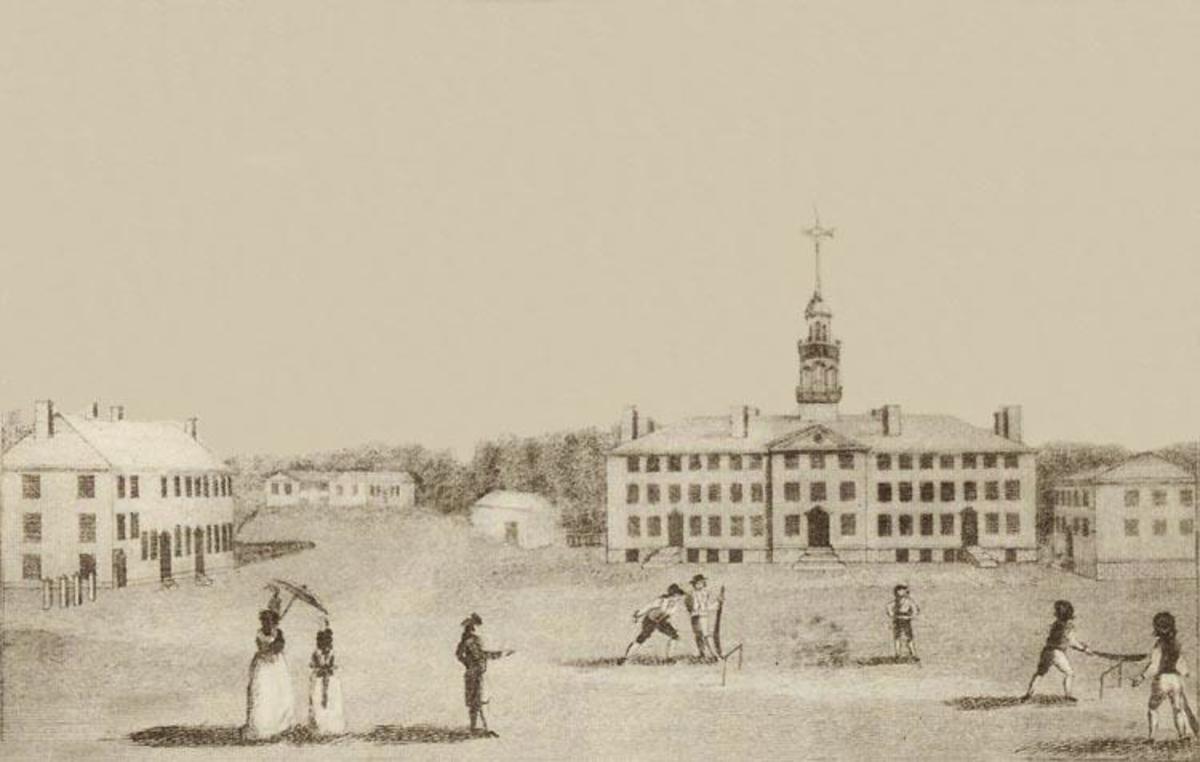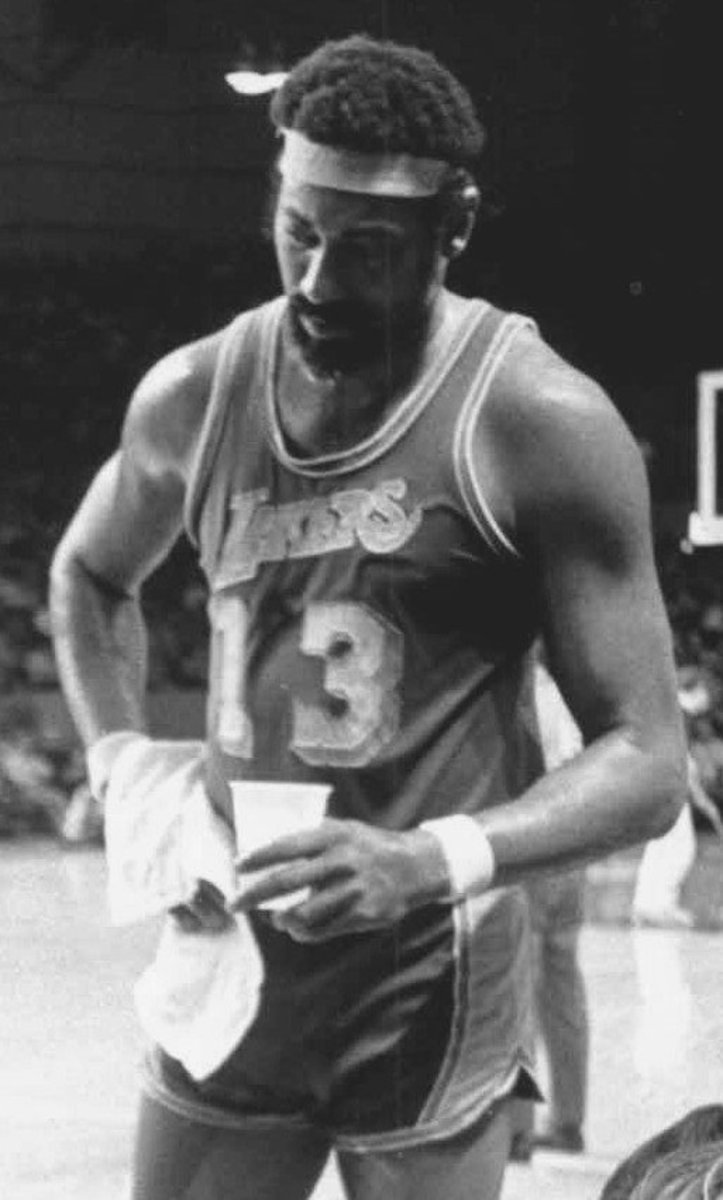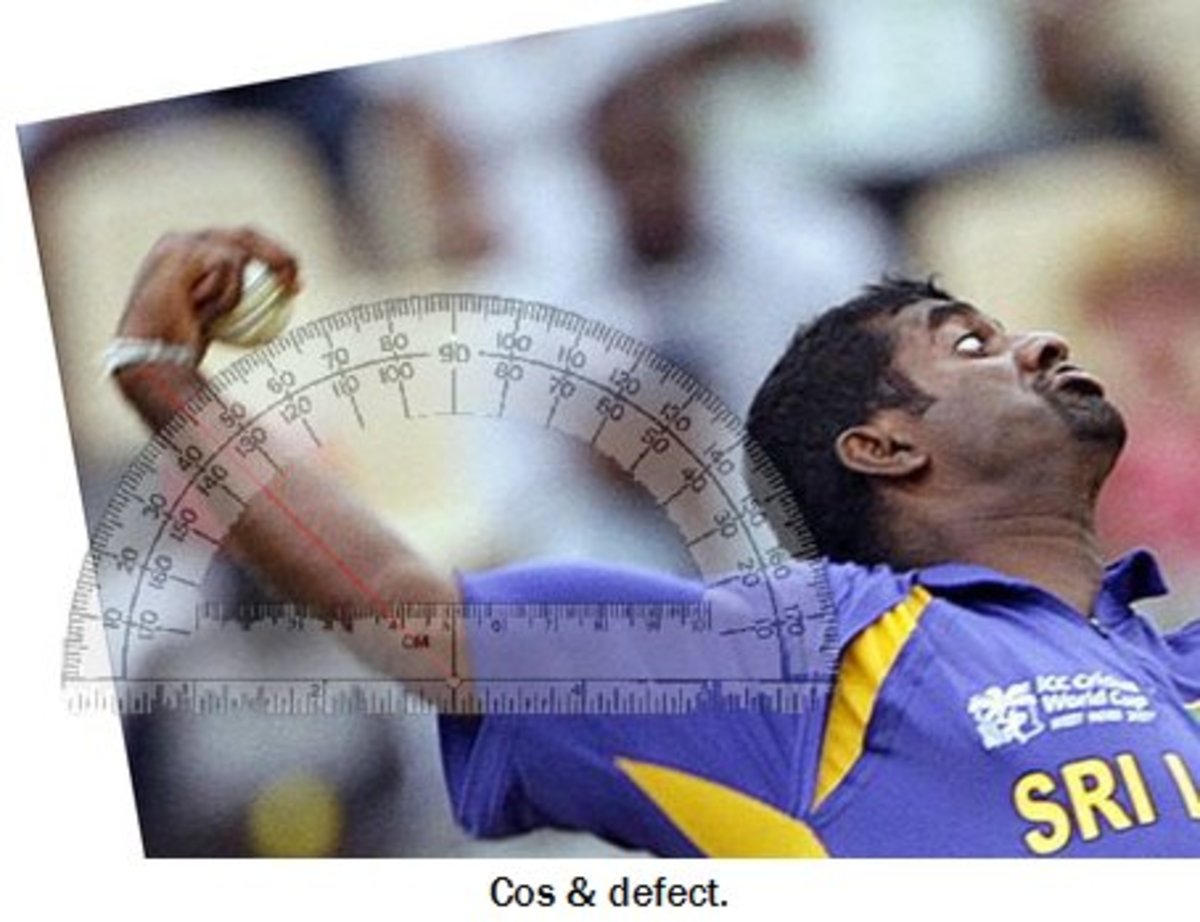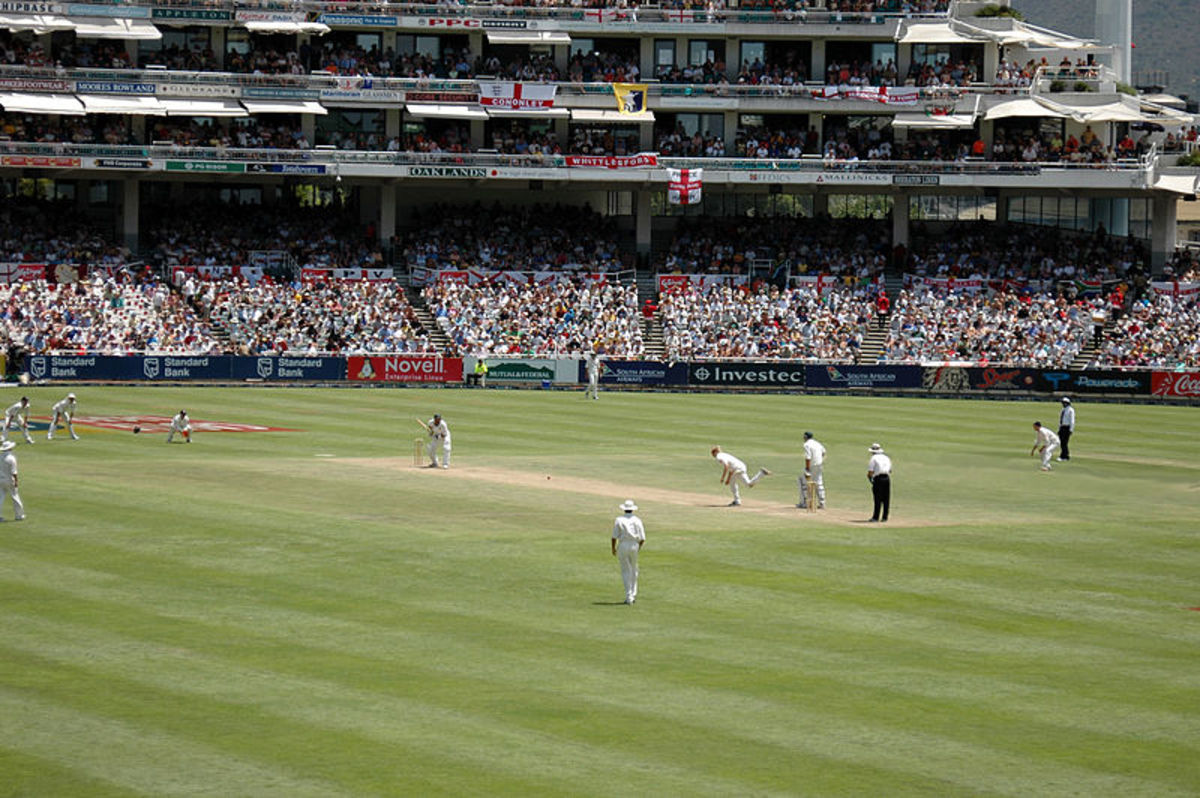The Greatest Batsman of All Time: Virender Sehwag
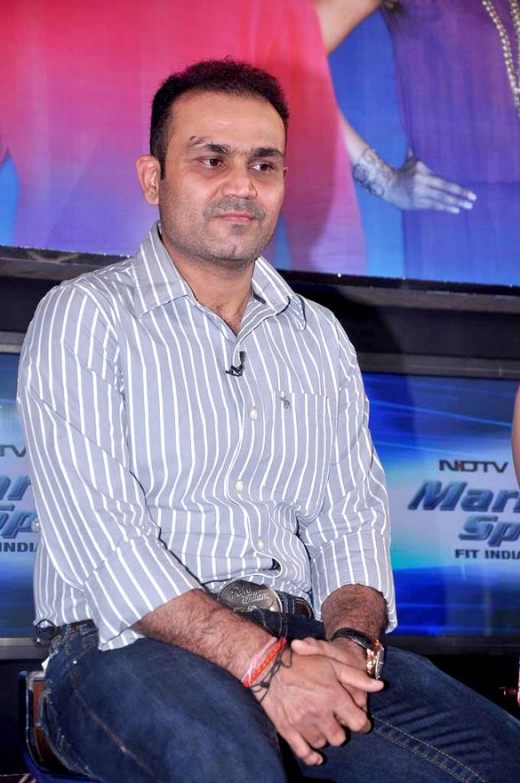
There have been a lot of successful batsman in cricket. The Indian cricket team especially has produced a lot of talented players but none stand out more than the Nawab of Najafgarh - Virender Sehwag. His skill with the bat has earned him a reputation. He keeps everyone at the edge of their seats when he is at the crease.
Early Life:
Virender Sehwag was born on 20 October 1978 in the town of Najafgarh, Delhi, India. His father Krishan was a grain merchant. He had humble beginnings but his interest in cricket started at an early age. It is said that his interest was sparked by a toy bat which was given to him when he was just seven months old. Sehwag was not academically gifted and so he wanted to concentrate his effort on cricket.
His father tried to stop him but he was firm in his resolve. He had a reputation for being an aggressive batsman even in his younger days. His coach was Amar Nath Sharma. AN Sharma made sure to improve his innate talent for playing aggressive shots. "I would never discourage him from playing his shots. I never told him not to hit the ball. If you are hitting it, hit hard". Sehwag made his début for Delhi cricket team in first-class cricket in the 1997–98 season. He made his international début in April of 1999 against Pakistan. This did not go well for him as he got out for just 1 and didn't get another chance for another 20 months.
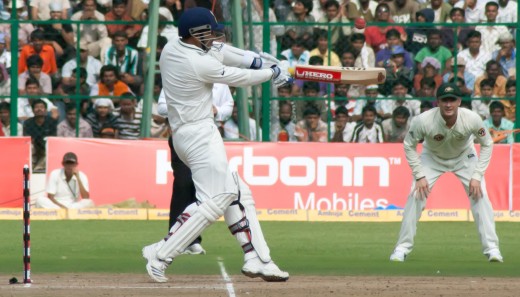
Sucess:
He earned his first man of the match award on March 2001 when he scored 58 off 54 balls and got 3 wickets against Australia. His early success earned him a spot in the Indian middle order. But his true skill emerged once he got promoted to being the opener for the Indian cricket team. He had initially played an opener during the series against Srilanka in August 2001 but this was because Sachin Tendulkar was absent due to an injury.
Play Style:
Sehwag was most famous for his playing style. During that period all batsman played in a more defensive way. It would be hard to find players having a strike rate greater than 80 (80 runs per 100 balls faced). But Sehwag was different. He would literally try to hit each ball to the boundary. It is not surprising that his strike rate was over 100 in many of the matches he played. Another interesting thing to note is that as an opener a batsman would try to play safely till the ball got a bit old (the new cricket ball would swing and be dangerous in the early overs). However, Sehwag's approach to the new ball was very different. Taking advantage of the fielding restrictions he would play aggressively from ball one. He would rip apart any bowling attack with his fierce batting.
Under the onslaught of his scoring bowlers would find it very unsettling to bowl to him. He would never let any bowler get into their rhythm of line and length. With Sehwag scoring so freely and the scoreboard ticking along, the batsman in the non-striker's end would not feel any pressure of needing to score quickly. By the time Sehwag gets out, the run rate (runs scored per over) and the total score would be already high which can then be capitalized by the other batsman. He did not care for milestones or did not fear to get out cheaply. All he cared about was to hit the next ball to the boundary.
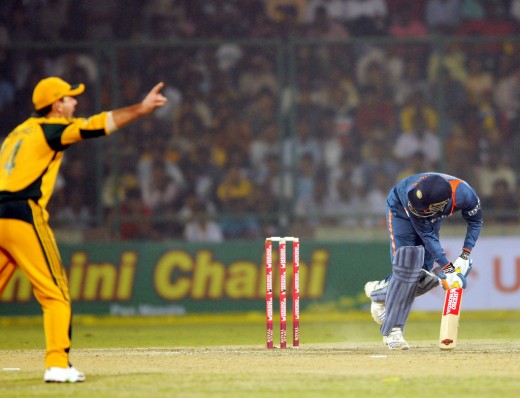
Criticism:
Being an aggressive batsman Sehwag was always under a lot of criticism. There were several times that he got out in low scores by playing reckless shots. There was also a lot of skepticism about his playing style. His posture and shots were not the traditional way of playing as he plays the ball away from the body which is quite risky. Sehwag always liked to free his arms to swing the bat with the greatest ease. There were several occasions when he got out by nicking the ball to the keeper or slips due to his bad habit. He also lacked good footwork which is necessary for a successful batsman.
There were several times he got out of form and got dismissed cheaply in every match. He was also dropped from the Indian team on several occasions. This did not, however, deter his playing style and he continued to play as an aggressive batsman.
Records:
Sehwag has a number of records under his belt. I have listed down some of the more famous records:
1. He has scored the fastest triple century in test matches. A feat which he achieved in 278 balls.
2. He scored the second fastest double century in ODI off 140 balls.
3. Most triple centuries in tests (2). Shared by Don Bradman, Brian Lara and Chris Gayle.
4. He is the only cricketer to score two triple centuries and take a 5 wicket haul.
5. Sehwag also has the highest strike rate in test matches.
6. Has the highest score in ODI by a captain (219).
7. He is the only batsman in the world to score 7,500+ runs as an opener in both tests and ODI.
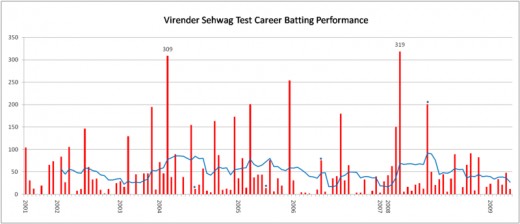
Test Records:
Sehwag was an aggressive opening batsman. So this role should have suited the ODI format more given the limit number of overs to play with. However, he was more successful in the longer format of the game. He had better records and performances in the test format. This is surprising because the test format suits batsmen who are more defensive and technically sound. Since the pitch was more difficult to play shots Sehwag should have had a hard time scoring runs but this was not the case. He showed his true class in this format.
He had scored 2 triple centuries, the most by any batsman. He also had the habit of converting centuries into big scores. He converted 11 consecutive centuries into 150+ scores. He also scored runs at an amazing strike rate. Normally a high scoring game would end in a draw as the number of balls taken to reach the score will be huge. But with Sehwag, this was not the case as he scored over a run a ball regularly. Test matches became a lot more entertaining when he was at the crease.
Entertainer:
Not many people had the time or patience to watch 5 days cricket where the batsman just defends the ball all day long. With Sehwag it was different. He used to play shots from ball one. It was always eventful when Sehwag was batting. Sehwag had many fans, including the WestIndies legend Desmond Haynes. The most notable thing about Sehwag was that he did not fear to get out.
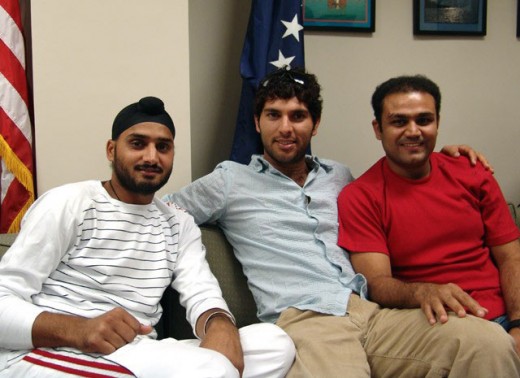
When a batsman is nearing a milestone like a century they usually tend to slow down their scoring fearing that they might get out. But Sehwag had no such fear. He usually got to any milestone with a boundary or a six. He had several nicknames like "the Nawab of Najagarh" and "the Sultan of Multan" after his triple century in Multan. Nowadays, there are many aggressive batsmen who play shots freely but it was Virender Sehwag who was most famous for starting it.
Retirement:
On 20 October 2015 Sehwag decided to retire from all forms of cricket. It was a sad moment for fans of Sehwag all over the world. He had entertained the cricketing world for over 14 years. After his retirement, Sehwag became a commentator. He is a pro with the bat but he is also good with his words and his commentary sure is entertaining. His tweets on Twitter have also gathered much attention. Keep looking out for those funny tweets.
© 2017 Random Thoughts

